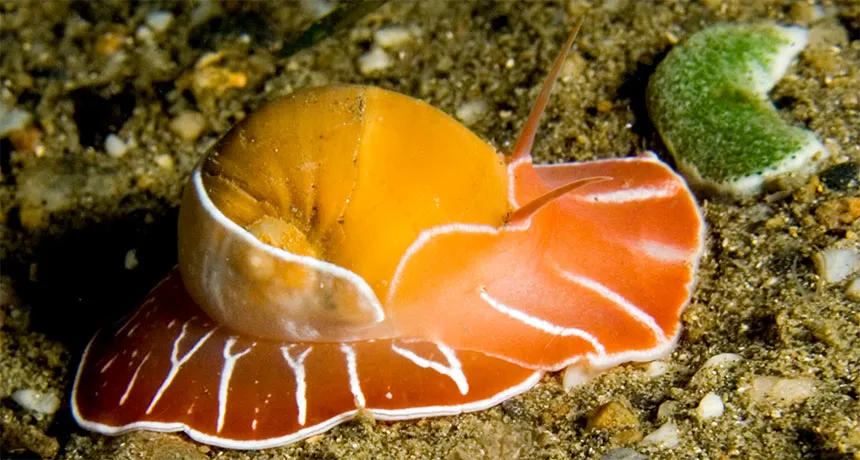Ancient attack marks show ocean predators got scarier
Holes in shells reveal predators that kill by drilling just kept getting bigger

KILLER DRILLERS Predators such as moon snails (Naticarius orientalis shown) that kill by drilling through other animals’ shells offer a rare chance to test an idea about the power of enemies.
Nick Hobgood/Wikimedia Commons (CC BY-SA 3.0)